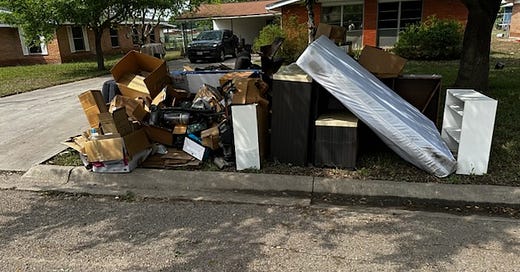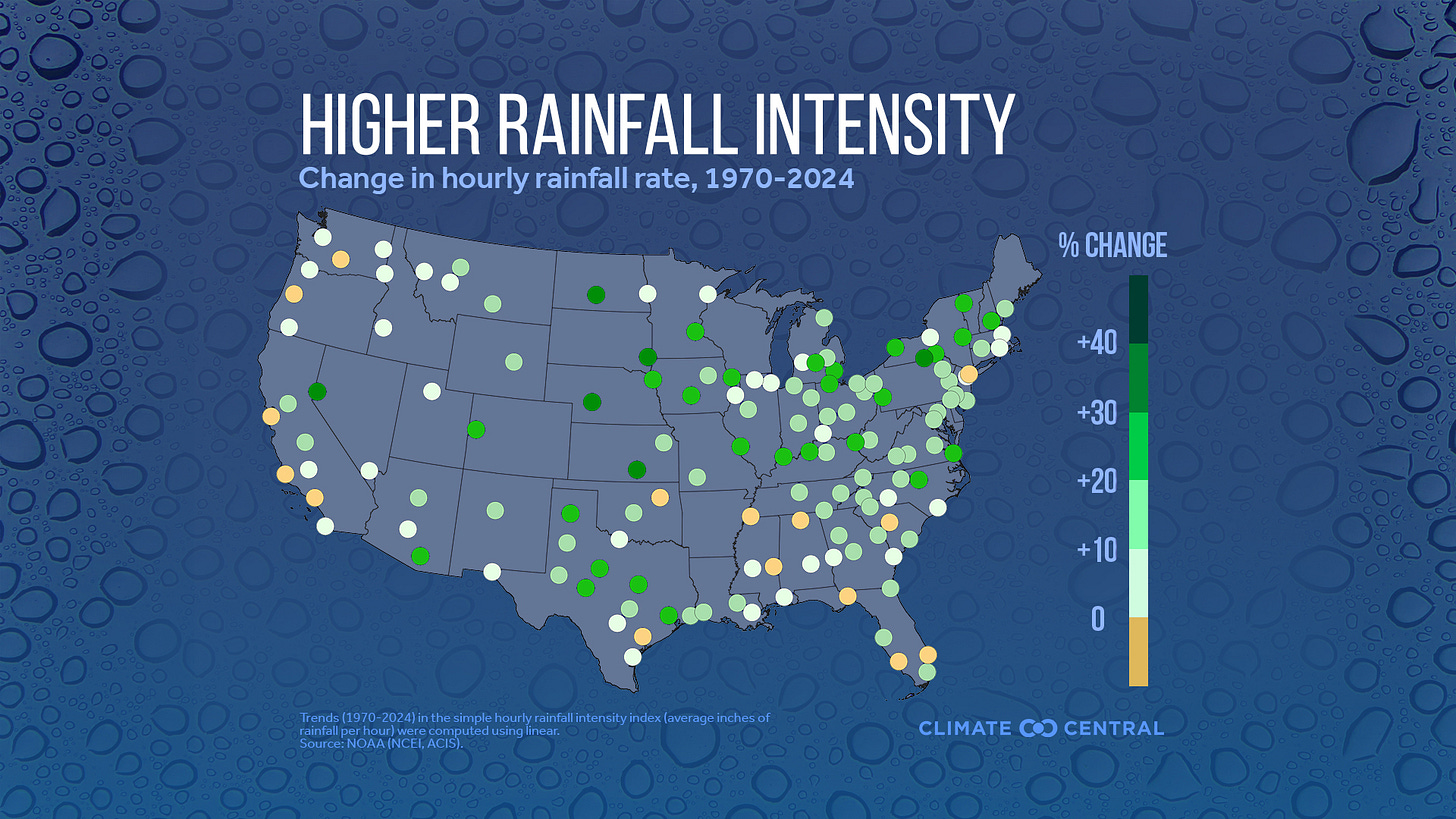
The Rio Grande Valley of Texas received twenty inches of rain last week, flooding houses and businesses, stranding cars, and tragically, even causing the loss of six lives.
Rick Saldaña, emergency management coordinator for Hidalgo County, compared last week’s storms with another hazard that brings heavy rain to the Rio Grande Valley, tropical cyclones.
"To me, those are scarier because you have no time to plan, versus with a hurricane, they give you ample time to start monitoring," he said. "These come in as surprises, and that's what happened. It surprised all of us."
This is not the first time a cluster of thunderstorms, a common occurrence during this part of the year, has caused record flooding in Texas. A cluster of thunderstorms in May, 2015 caused flash flooding from San Antonio to Georgetown and devastated the community of Wimberly, Texas.
Saldaña makes an important point. When clusters of thunderstorms cause prodigious rainfall totals like this, residents don’t get the same days of warning that they do when a tropical storm approaches. This makes preparation like evacuations implausible.
These storms, and the drought conditions the Rio Grande Valley has endured in recent months, are both examples of a phenomenon scientists call “amplification of the hydrologic cycle.” As the atmosphere gets warmer the frequency and intensity of precipitation change in response. Rain comes less frequently, with longer intervals between storms, which leads to drought. But, when it does rain, very intense rainstorms are more likely to occur. This can lead to flash flooding.
Amplification of the hydrologic cycle, or the drought-flood cycle as it is sometimes known, is a known impact of climate change. The reason for both the drought part and the flood part has to do with physics. Warmer air can hold more water vapor than cooler air. This fundamental relationship between air temperature and the capacity to hold moisture does two things.
First, warmer air causes increased evaporation, which dries out soil and vegetation.
Second, when more water vapor is suspended in the air, there is more moisture available for the storm to convert into precipitation.
Amplification of the hydrologic cycle is at the root of a number of problems under consideration this legislative session.
Both droughts and floods are bad for agriculture. Intense, flooding rains don’t infiltrate into the aquifer the same way slow-soaking rains do, so aquifers don’t get recharged even when it does rain.
Open reservoirs lose water to evaporation in the longer interval between rainstorms.
Wastewater infrastructure is designed to a certain capacity and intense precipitation rates often can overwhelm those systems.
Dried out vegetation is vulnerable to wildfires.
Policy approaches to these problems are important. But many of them are missing the root cause that underlies all of these problems: climate change.
For a long term solution to the problem of amplification of the drought-flood cycle, the legislature should prioritize transitioning away from fossil fuels, boosting energy efficiency in homes and other buildings, and curbing methane emissions at the same time they craft policy to address problems in the short term.





